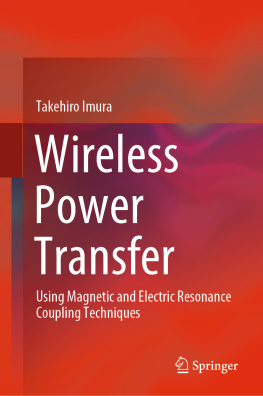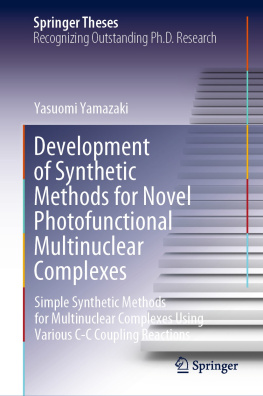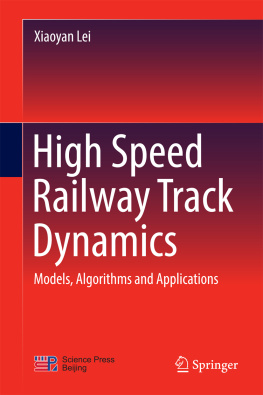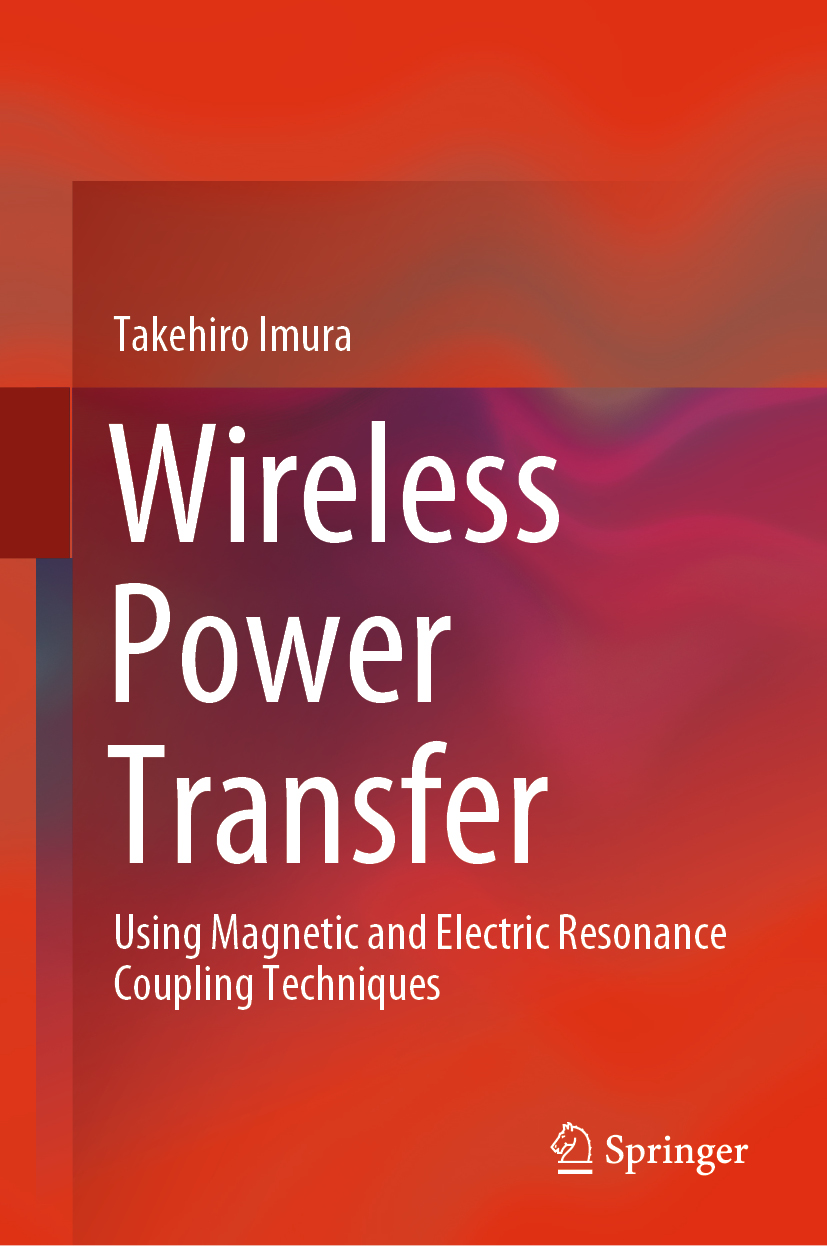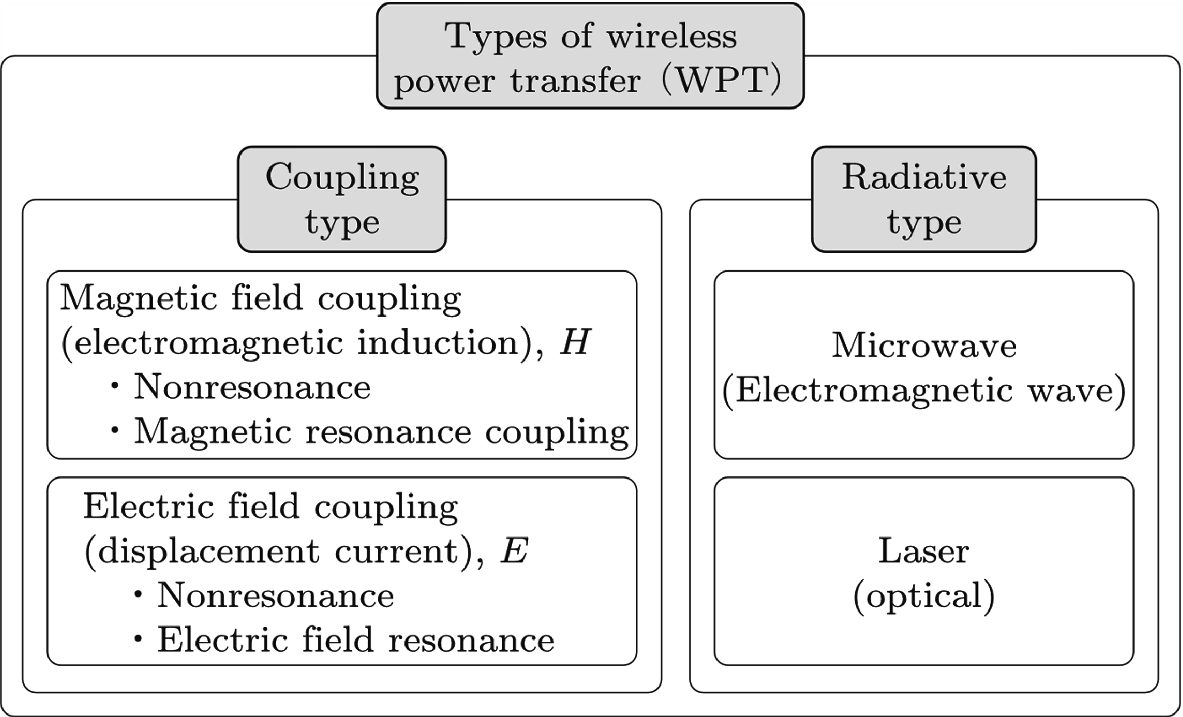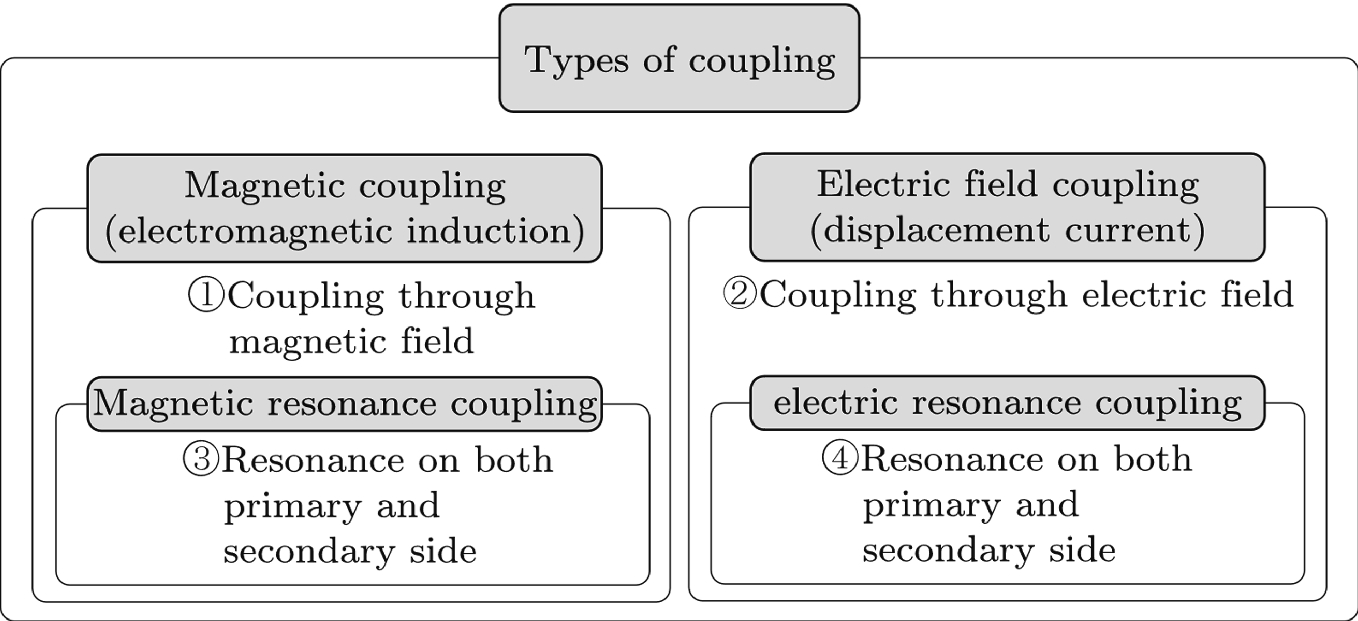Takehiro Imura - Wireless Power Transfer: Using Magnetic and Electric Resonance Coupling Techniques
Here you can read online Takehiro Imura - Wireless Power Transfer: Using Magnetic and Electric Resonance Coupling Techniques full text of the book (entire story) in english for free. Download pdf and epub, get meaning, cover and reviews about this ebook. year: 2020, publisher: Springer, genre: Children. Description of the work, (preface) as well as reviews are available. Best literature library LitArk.com created for fans of good reading and offers a wide selection of genres:
Romance novel
Science fiction
Adventure
Detective
Science
History
Home and family
Prose
Art
Politics
Computer
Non-fiction
Religion
Business
Children
Humor
Choose a favorite category and find really read worthwhile books. Enjoy immersion in the world of imagination, feel the emotions of the characters or learn something new for yourself, make an fascinating discovery.
- Book:Wireless Power Transfer: Using Magnetic and Electric Resonance Coupling Techniques
- Author:
- Publisher:Springer
- Genre:
- Year:2020
- Rating:5 / 5
- Favourites:Add to favourites
- Your mark:
Wireless Power Transfer: Using Magnetic and Electric Resonance Coupling Techniques: summary, description and annotation
We offer to read an annotation, description, summary or preface (depends on what the author of the book "Wireless Power Transfer: Using Magnetic and Electric Resonance Coupling Techniques" wrote himself). If you haven't found the necessary information about the book — write in the comments, we will try to find it.
This book describes systematically wireless power transfer technology using magnetic resonant coupling and electric resonant coupling and presents the latest theoretical and phenomenological approaches to its practical implementation, operation and its applications. It also discusses the difference between electromagnetic induction and magnetic resonant coupling, the characteristics of various types of resonant circuit topologies and the unique features of magnetic resonant coupling methods. Designed to be self-contained, this richly illustrated book is a valuable resource for a broad readership, from researchers to engineers and anyone interested in cutting-edge technologies in wireless power transfer.
Takehiro Imura: author's other books
Who wrote Wireless Power Transfer: Using Magnetic and Electric Resonance Coupling Techniques? Find out the surname, the name of the author of the book and a list of all author's works by series.

